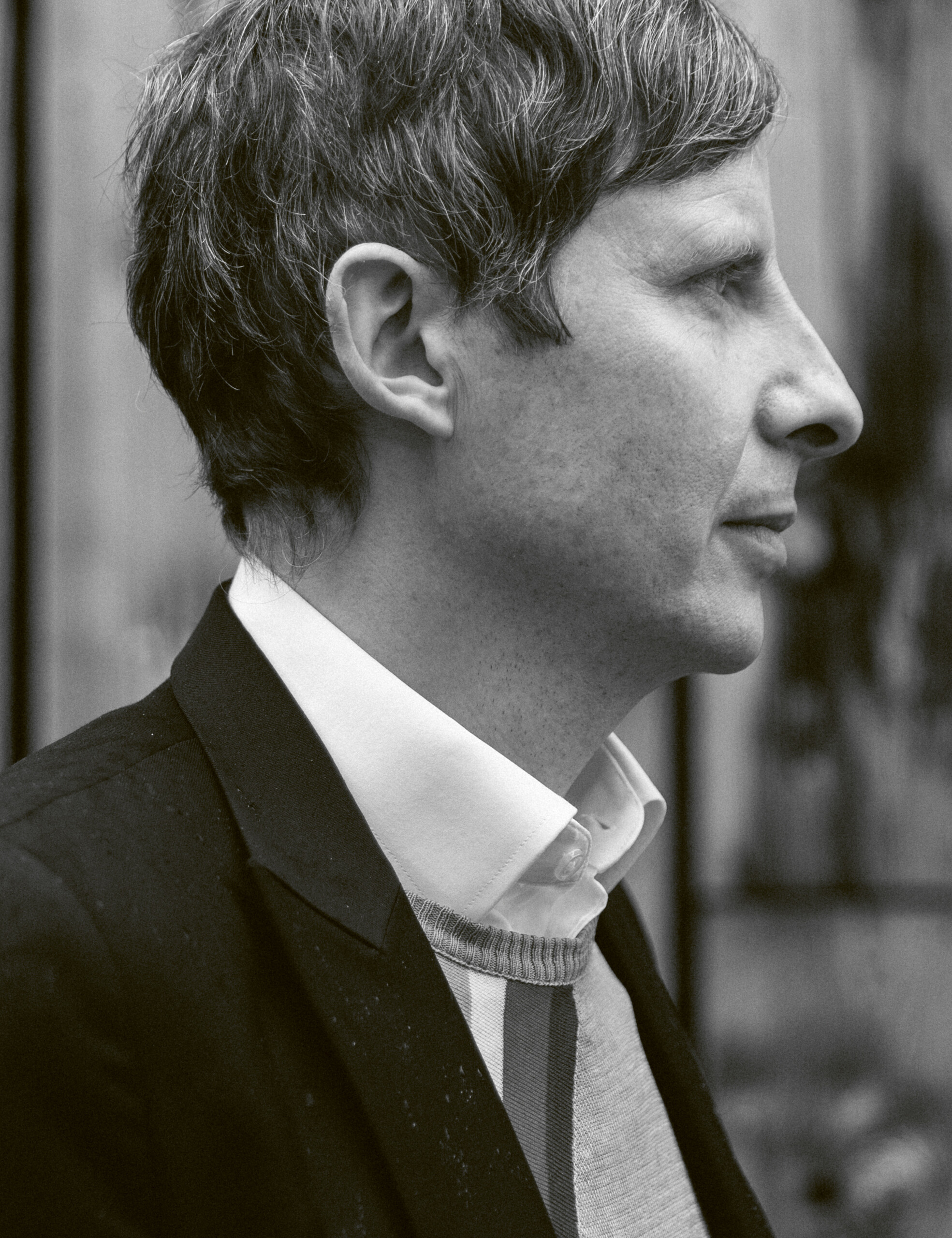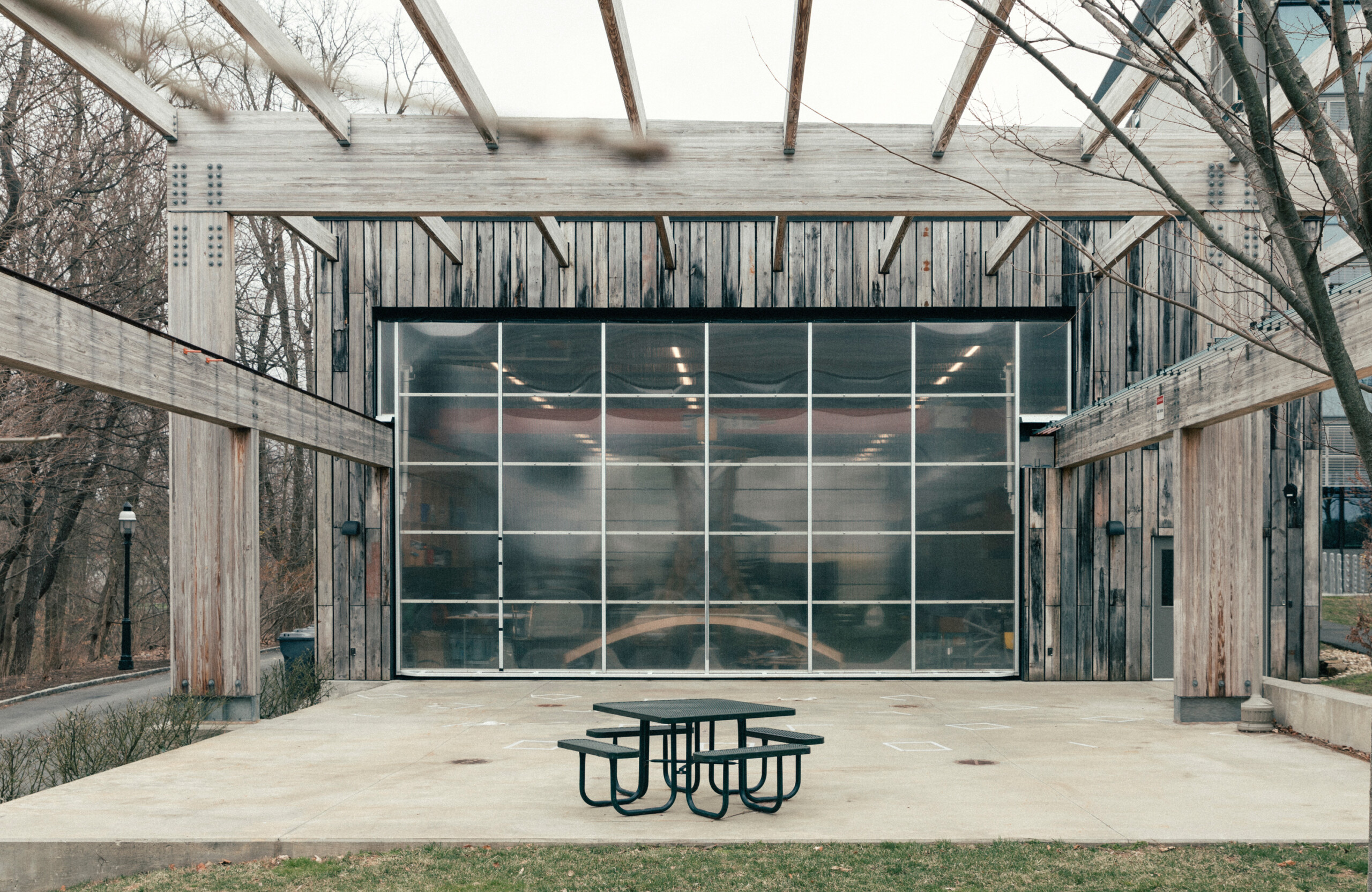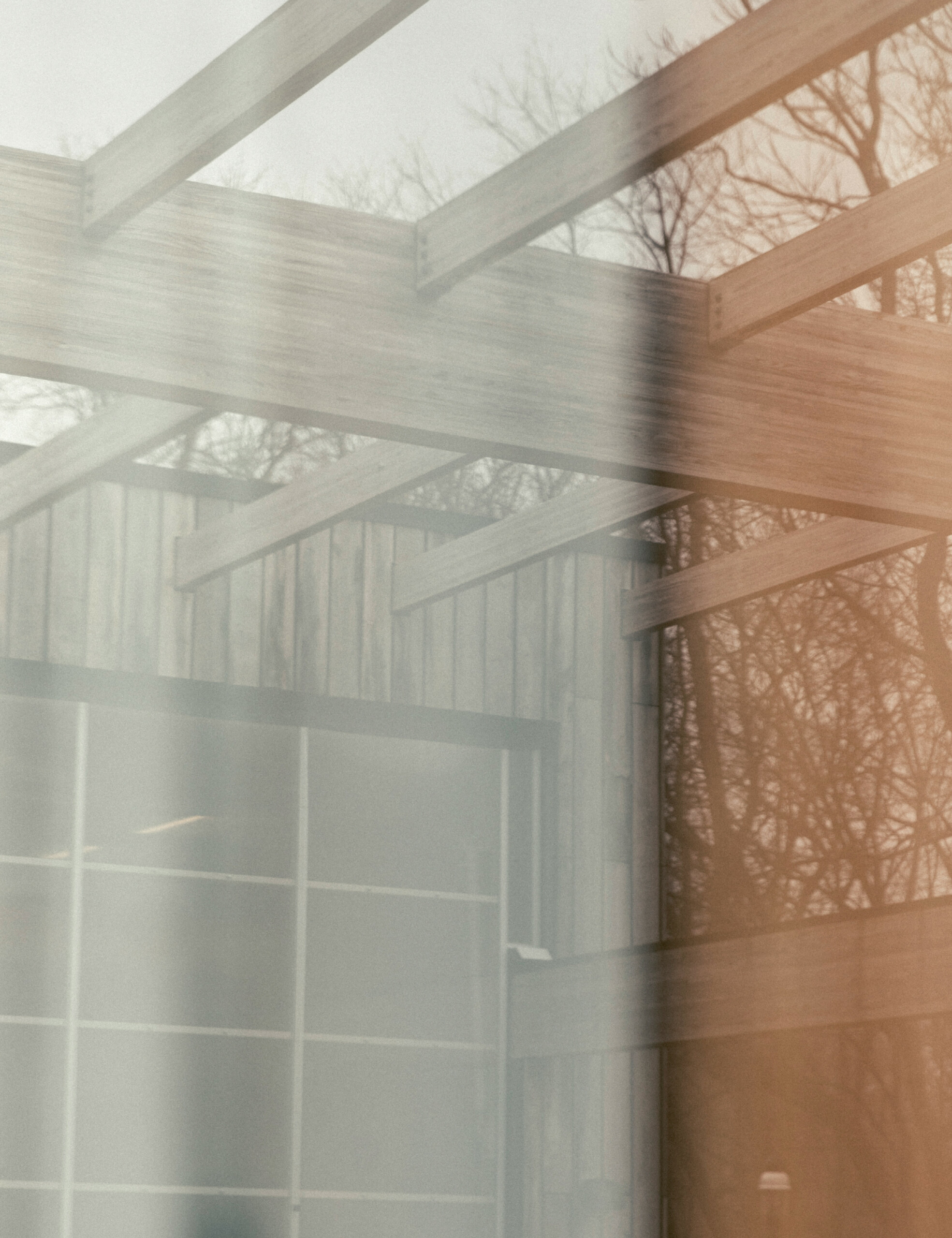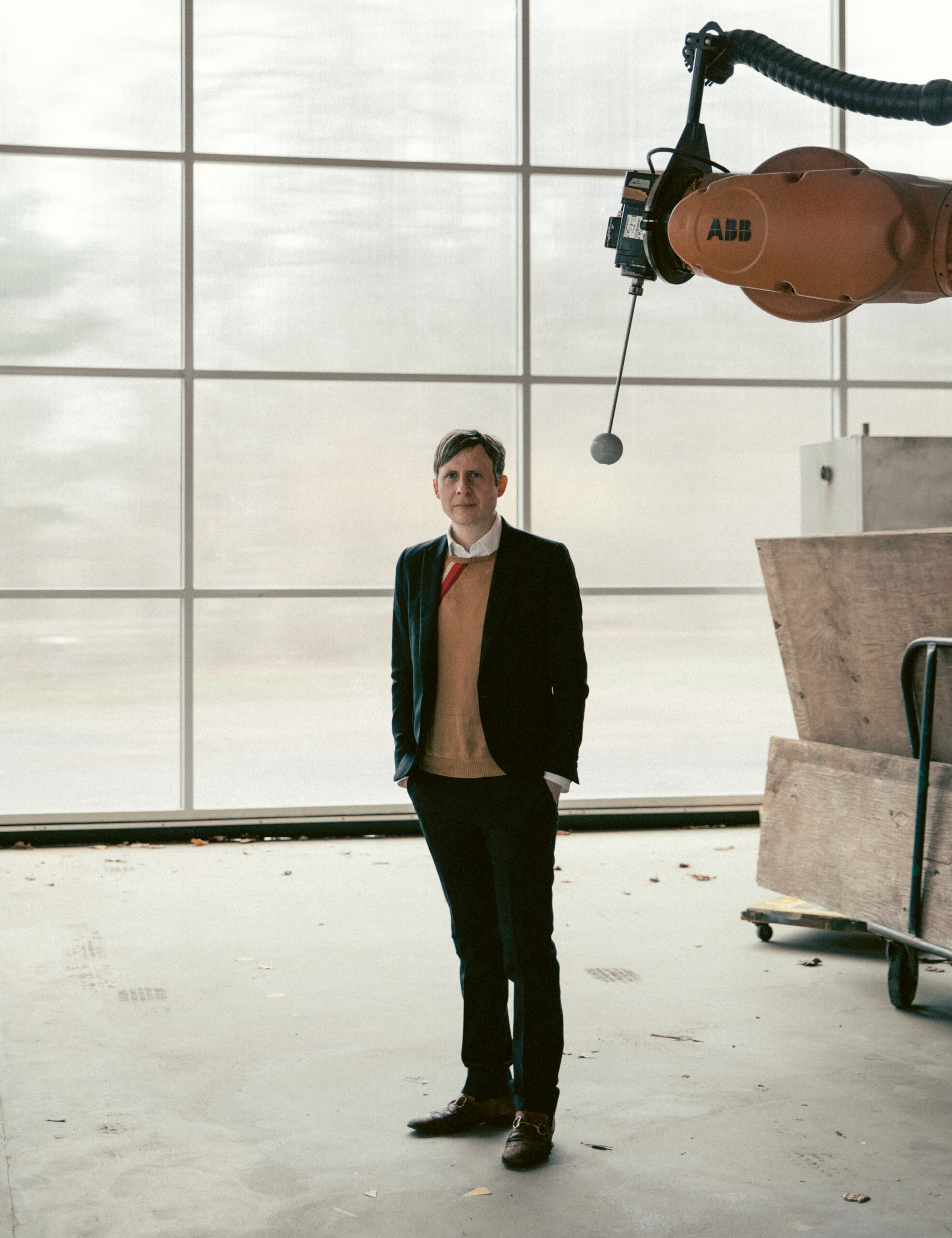Architecture
Comes Alive
David Benjamin

David Benjamin
In the view of architect David Benjamin, the 20th century was the age of physics, while our present era is the age of biology. Benjamin has embraced materials produced from mycelium cultures, bacteria, luffa sponges and agricultural by-products for his construction projects. “The Living”, his multidisciplinary New York studio, is where he develops tomorrow’s “biotecture”—and improves aircraft design at the same time. An encounter with the pioneer and fount of boundless ideas.

David Benjamin’s latest project, Alive, will be exhibited at the Architecture Biennale in Venice from May to November. This probiotic pavilion is a kind of walk-in living sponge constructed from luffa, chipboard and microbes, which will uniquely interact with human visitors. (Luffa is a gourd from the cucumber family; it has been cultivated for centuries for its fibrous innards, used as sponges.) The pavilion will be home to specific colonies of microbes, which will combine with microbes brought in by human visitors to create a healthy, balanced microclimate.
After over a year of pandemic, which also stymied the Architecture Biennale scheduled for 2020, Alive is an installation that is as provocative as it is enlightening, with no lack of thrill effect. After all, who would knowingly expose themselves to microbes? But Benjamin aims to cast these invisible bogeys in a whole new light. Microbes are everywhere and more than 90 per cent are harmless, even benefiting health, whether in the form of bacteria, viruses or fungi, he points out. They are in our buildings and cities. They are in the air, on the walls and embedded in even the cleanest surfaces. At the same time, each individual human hosts trillions of microbes, which help keep us alive. We have always lived together with microbes, and microbes have always connected us to each other and to architecture.
The Alive pavilion, around four by four by three metres, captures the essence of this year’s Architecture Biennale theme, How will we live together?, to particularly powerful effect. Entering Alive involuntarily conjures up images of the innermost recesses of our digestive system; the texture of the luffa is akin to the projections of intestinal villi, a permeable habitat created by light, air currents and microbial action. Our prototype for 21st-century living architecture involves a room made of textured, porous, organic material that provides abundant surface area and many different microclimates for many types of microbes, explains Benjamin. Think about the microbiome in your stomach—and then about an urban microbiome. This architecture includes both macro spaces for humans and micro spaces for microbes, as well as material interfaces for exchanges between these different species.
David Benjamin (47) founded his studio, The Living, in 2006 shortly after graduating in Architecture from Columbia University. Today he is also a professor at that institution. The name is, in a way, our mission: I was interested in creating a version of interactive architecture, and that has connected over time to an interest in examining architecture through biology and actual living organisms. Those research topics are really related to ideas about expanding the definition of architecture: maybe buildings are not just static, inert objects, but can be dynamic, living systems. I think biology will be the key science for this century, like physics was for the last one.
Benjamin first came to fame with his Hy-Fi Tower, presented by The Living at MoMA PS1 in New York in 2014. An open structure 13 metres high and composed of three cylinders, it stood at a central location in the courtyard of the Queens Museum and served as an event location for the electronic music festival Warm Up throughout the summer. Hy-Fi was the first large-scale structure to make use of a new technology based on mycelium culture, which grew the necessary 10,000 bricks for the structure in only five days. Two years ago David Benjamin also guested at the Centre Pompidou in Paris with a miniature version of the tower; that 2019 exhibition, La Fabrique du Vivant / The Factory of Life, presented the world’s most innovative standpoints in science, design and architecture with exhibits of new biotech production processes, design at the interface of natural science and computer technology. In our digital age, design is increasingly interacting with natural sciences, and first and foremost biology—a process which banishes the past dichotomy of natural versus artificial. The question posited was: can life be programmed, and if so, how? To provide an answer, the New York architect created a gateway from living bricks.
These white bricks were actually living organisms, manufactured from shredded corn stalks and other agricultural by-products that were compressed into a form of biomass and cemented together by live mycelium cultures in a natural biological process. The bricks grew into a light, but extremely stable architectural structure. When the water supply to the fungal material ceases, growth and self-assembly stop too. In Paris the bricks were irrigated and continued to live and grow; in New York they were already dried and dead. At the end of both exhibitions, New York and Paris, the temporary structures were shredded once more and turned into compost for the respective city’s parks and gardens.


Please select an offer and read the Complete Article Issue No 10 Collection Issues No 7, 8, 10 Subscriptions
Already Customer? Please login.
